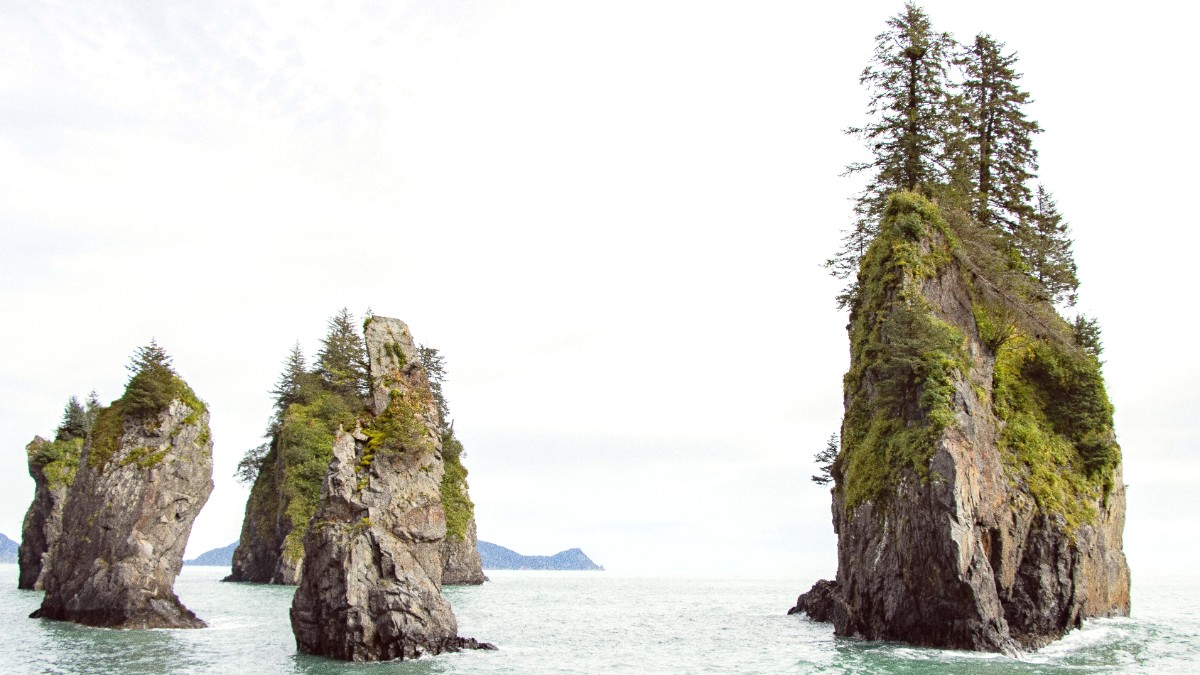
Alaska, USA
Base Layer: These layers sit directly against your skin and handle moisture. Pack moisture-wicking thermal underwear, both long-sleeve tops and bottoms. Merino Wool Base Layers offer an excellent choice because they wick moisture, regulate temperature, and resist odor. Synthetics also work well. Mid-Layer: This layer delivers warmth. A fleece jacket or a synthetic insulated vest works well.
Winter Specific (October-April): For travel in colder months, additional insulation holds value. Add a very warm, insulated Parka. Down-filled parkas deliver superior warmth-to-weight ratio. A Canada Goose Expedition Parka or similar heavy-duty Winter coat is a common choice for extreme cold. Pair this with insulated Snow pants.
Waterproof hiking boots with good ankle support are for traversing wet and uneven tundra. Merrell Moab 3 Mid Waterproof Hiking Boots are a popular choice.
Insulated, waterproof winter boots rated for extreme cold find a place. Brands like Baffin or Sorel offer boots rated to very low temperatures, with Baffin Impact Boots giving warmth in severe cold.
Bring sturdy gaiters to wear over your boots and pants. These keep snow, mud, and debris out of your boots. Pack comfortable, easy-to-slip-on shoes like Crocs for changing out of your boots.
Keeping your documents organized and secure marks a step for travel to any remote destination.
Power sources and connectivity hold limits on Alaska's West Coast. Plan your electronics to be self-sufficient as much as possible. The United States uses standard North American outlets (Type B). Voltage is 120V at 60Hz. If traveling from the U.S., no adapter is needed. International travelers will need a Universal travel adapter. Check if devices support 120V or need a Voltage converter.
Alaska delivers unparalleled photo opportunities. A durable camera body and lenses are a consideration. A Telephoto lens stands for wildlife photography (e.g., 100-400mm or longer). A Wide-angle lens holds use for expansive landscapes. Plenty of spare batteries: Cold temperatures drain batteries quickly. Carry at least two or three spare camera batteries.
Regularly back up photos and important documents. Utilize cloud storage services (Google Drive, Dropbox) or carry an External hard drive.
For secure internet use, particularly on public Wi-Fi, consider a VPN service like NordVPN or ExpressVPN.
Purchasing a local SIM card is not always practical due to sparse coverage. For convenience, consider an eSIM service like Airalo for limited connectivity in hubs.
Given the remote nature of the West Coast, having your own health and wellness supplies proves beneficial. Access to pharmacies and medical supplies stays limited.
Over-the-Counter Medications for Common Issues: Pack remedies for cold/flu symptoms, allergies, and upset stomach. Personal Hygiene Essentials: Small villages have limited selections. Bring your preferred brands of shampoo, soap, toothpaste, and other personal care items. Travel-sized toiletries are useful for packing light. Hand sanitizer is also a good item to carry.
For hiking, Trekking poles deliver stability on uneven terrain. A comfortable daypack for essentials for daily excursions. Binoculars (Vortex Optics Diamondback HD Binoculars for example) are a valuable tool for observing distant wildlife.
A packable fishing rod and reel, along with appropriate tackle (check Alaska Department of Fish and Game regulations). Waders are needed if you plan to fish in streams or rivers. For photography, a Tripod is for low-light photography or stable telephoto shots.
For winter sports like snowmachining or dog mushing, goggles, a neck gaiter or balaclava, and extremely warm, insulated gloves or mittens are necessary. A Personal Locator Beacon (PLB) stands as a lifeline for emergency communication outside cell service.
Comfort Items for Transportation: A Neck pillow and Eye mask for long flights or small plane trips. Noise-canceling headphones reduce engine noise on small aircraft. Security Items: TSA-approved luggage locks for checked bags. A Money belt or hidden wallet for valuables and cash. An RFID-blocking wallet protects credit cards.
Cash: Carry small denominations for local vendors or communities without card readers. Small Backpack/Dry Bag: A Small daypack for excursions, and a Sea to Summit Lightweight Dry Bag to keep essentials dry in wet weather or during boat trips.
Limited infrastructure, but minimize waste.
Turn off lights, unplug devices when not in use.
Water is a precious resource in remote areas.
Economic benefit to communities.
Items difficult or expensive to purchase locally: High-quality outdoor gear, specialized electronics, specific dietary items, prescription medications, and preferred brands of toiletries are all costly on the West Coast. Bring these from home.
Double-check expiration dates on all medications.